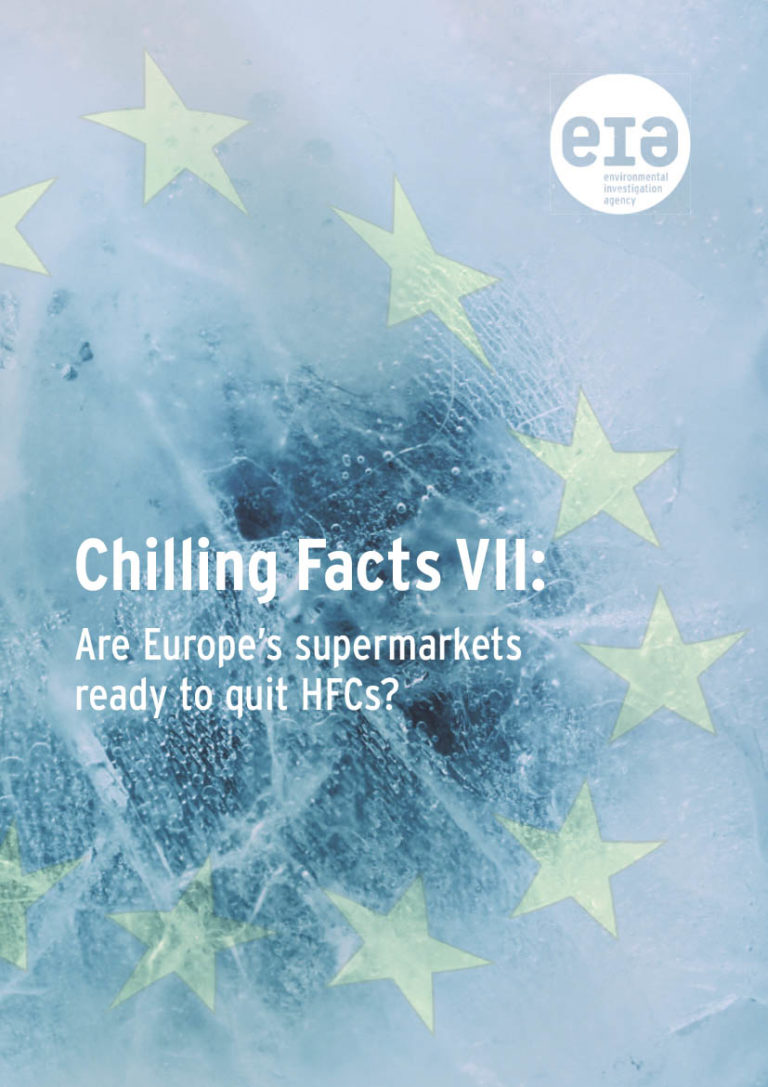The cooling sector is a key driver of climate change that is often overlooked. Sitting at the heart of sustainable development, cooling is essential for food, vaccines, comfort, productivity, data centres, hospitals and much more.
The problem
Greenhouse gas emissions from the cooling sector are expected to grow substantially in the coming decades. With rising temperatures and populations, we are installing more and more air-conditioning and refrigeration, contributing to further global warming in two ways – by increasing demand for electricity and through increased emissions of refrigerant greenhouse gases, such as hydrofluorocarbons (HFCs).
Sustainable cooling is critical for both climate mitigation and climate adaptation.
Fortunately, the environmental impact of cooling can be reduced by replacing fluorinated gas refrigerants with climate-friendly natural refrigerants, improving the energy efficiency of cooling, reducing cooling loads and deploying renewable energy. The use of climate-friendly refrigerants is often described as the ‘low hanging fruit’ of the climate change battle, as energy efficient alternative technologies exist and are increasingly being deployed. Coupling energy efficiency with the HFC phase-down can significantly increase the climate benefits of the Kigali Amendment to the Montreal Protocol.




